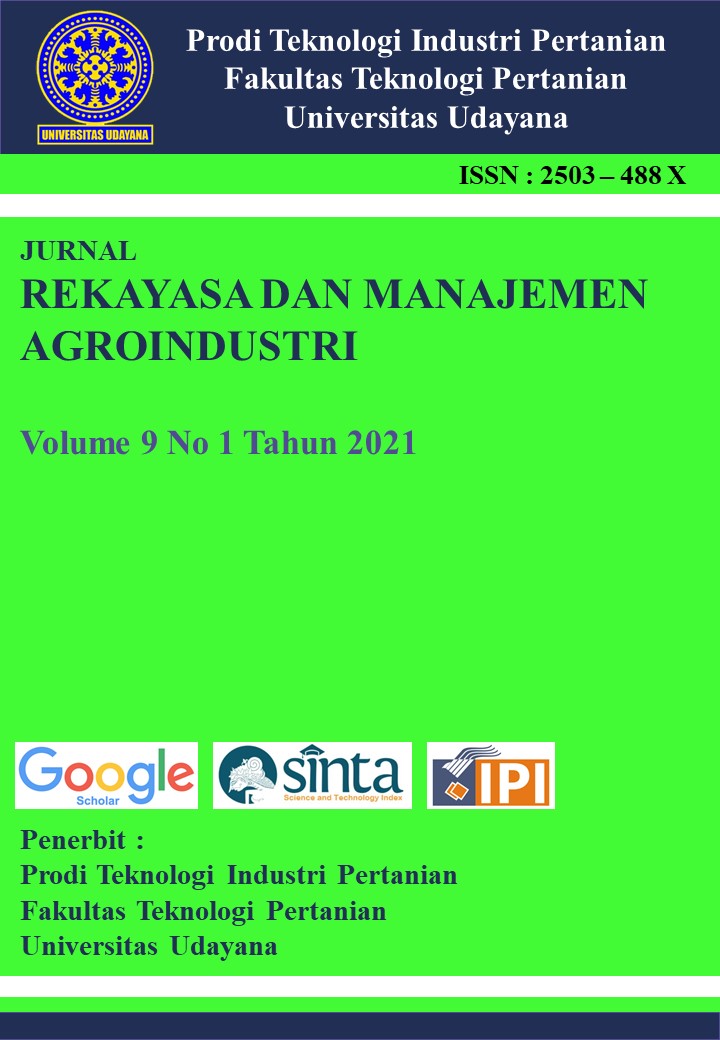Isolasi dan Karakterisasi Jamur Pelapuk Putih Pendegradasi Lignin dari Limbah Cair Pulp dan Kayu Lapuk Eukaliptus (Eucalyptus sp)
Abstrak
Lignin is an organic polymer compound that is difficult to degrade in the environment because of its very complex structure consisting of an aromatic ring group and three carbons in the side chain. This exploratory study aims to determine whether white rot fungi isolated from wastewater from eucalypt pulp and weathered wood are lignolytic and the ability of the isolates to degrade tannins as an approach in the lignin degradation process. The experimental design is divided into two stages, namely: 1) Isolation of fungi that have the ability to degrade tannins quantitatively and qualitatively as well as characterization of fungi morphologically (macroscopic and microscopic). 2) Testing the ability of superior white rot fungus isolates in degrading tannins at concentrations of 0.5%, 1%, 1.5% and 2% of tannins. The brown zone formed in white rot fungal isolates was measured the zone diameter and intensity of the brown color. The results of this study indicate that of the 29 isolates obtained, there were five superior isolates capable of degrading tannins, namely isolates LD06, LD07, BE01.3, BE01.4 and BE02.2. BE01.3 was isolated at 2% tannin concentration, the second largest diameter of the brown zone after LD06 isolate and the highest brown color intensity level three with a slightly dark brown color intensity, namely slightly blackish brown.
Keywords: Isolation, characterization, white rot fungi, tannins, lignin degradation
##plugins.generic.usageStats.downloads##

Ciptaan disebarluaskan di bawah Lisensi Creative Commons Atribusi-BerbagiSerupa 4.0 Internasional.
Seluruh artikel di Jurnal ini dapat disebarluaskan atas tetap mencantumkan sumber yang syah. Identitas judul artikel tidak boleh dihilangkan. Penerbit tidak bertangggung jawab terhadap naskah yang dipublikasikan. Isi artikel menjadi tanggung jawab Penulis.







